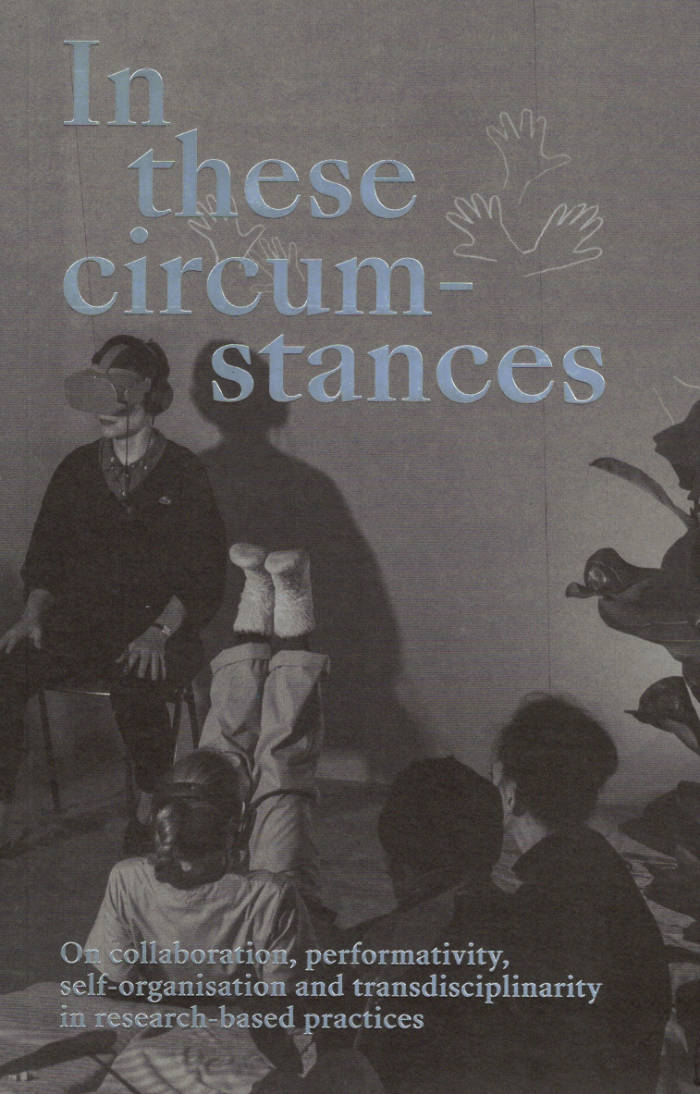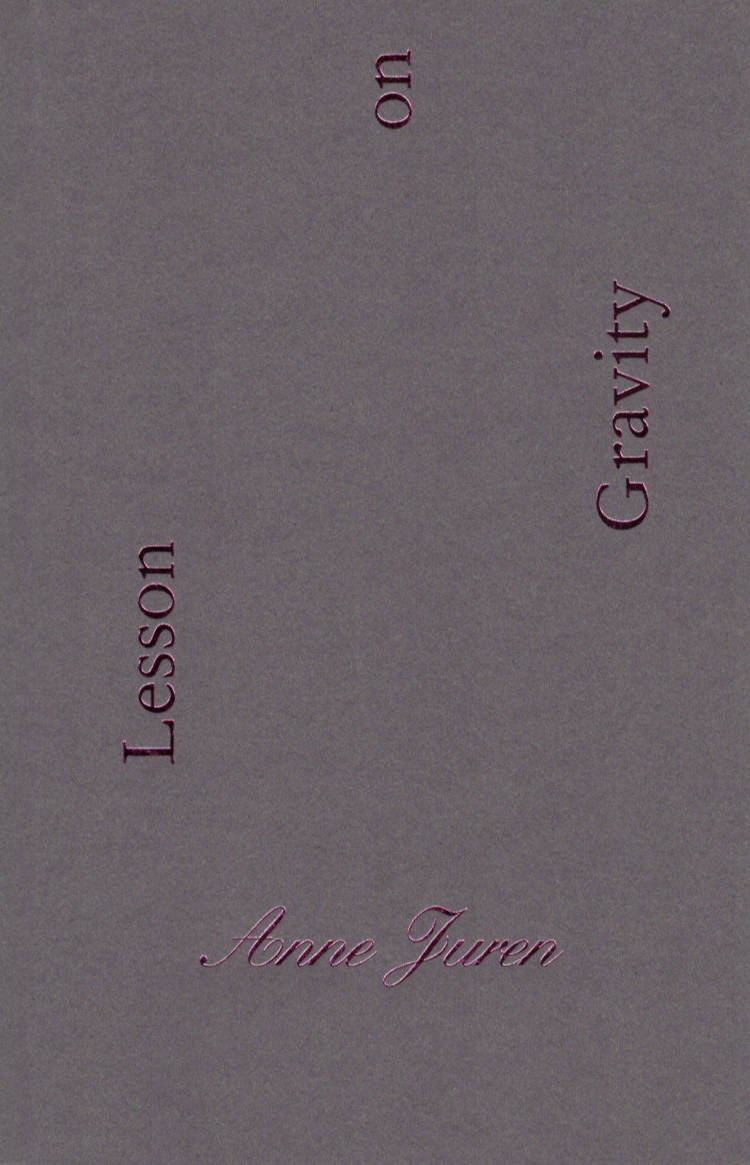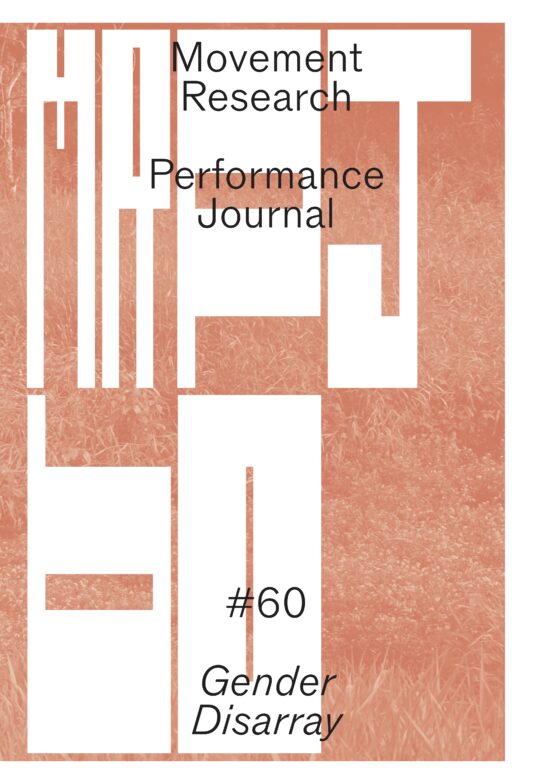
In these circumstances
Philippine Hoegen, Lilia Mestre
In these circumstances: On collaboration, performativity, self-organisation and transdisciplinarity in research-based practices assembles curatorial, artistic and pedagogical practices inspired by a.pass: an inter- national artistic and educational research environment focusing on performativity and scenography.
This book discloses a history of the methods of artistic research in the context of the academisation of art education, and an abrasion of the once unbridled scene of artist-run organisations in Northern Europe. There are 35 contributions, many of them collaborative, ranging from concrete projects to inter- rogative speculations about artistic research. It aims to demonstrate how artistic research operates institutionally through a complex intertwinement of practices and how a.pass, over the past 14 years, has carved out a space for artistic research to imbricate in fields of both art and education, and stir the sediments of disciplinary enclosures.







